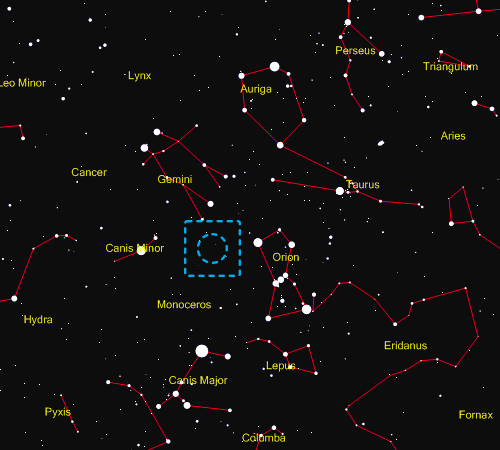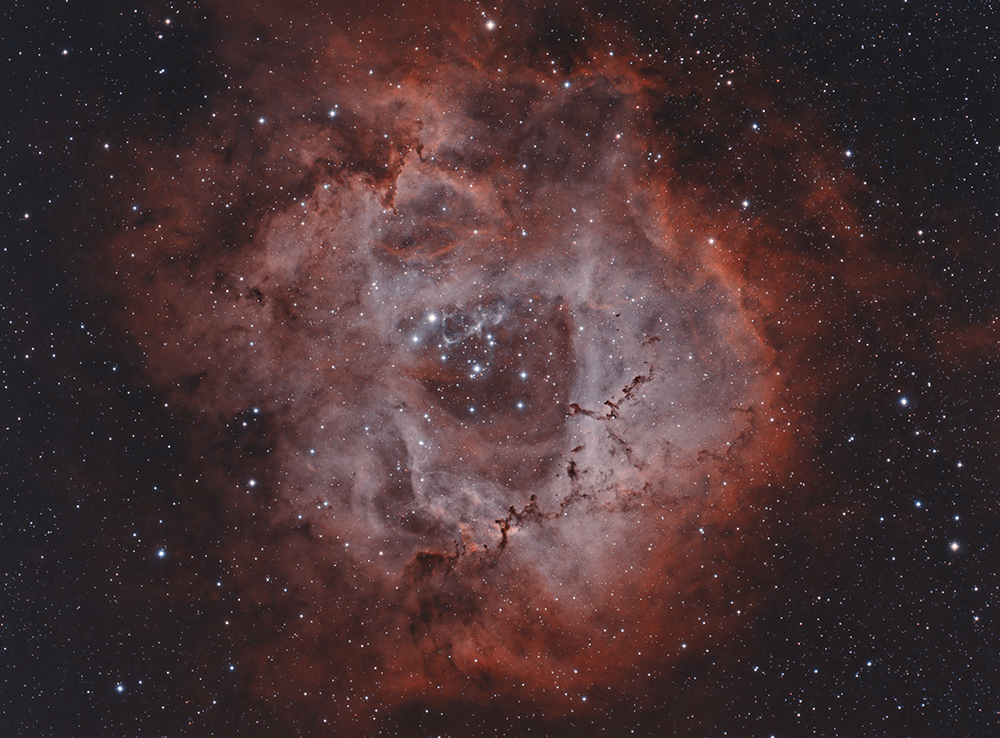
| Gavin James | |||
| 07808 480621 | |||
| gavin@gjmultimedia.co.uk | |||
| Astronomy | << previous | next >> |
| C49 - The Rosette Nebula | ||||||
|
||||||
|
|
|||||
 |
||||||
The entire contents of this website are copyright Gavin James, GJMultimedia © 2017 - strictly no copying without permission - all rights reserved
